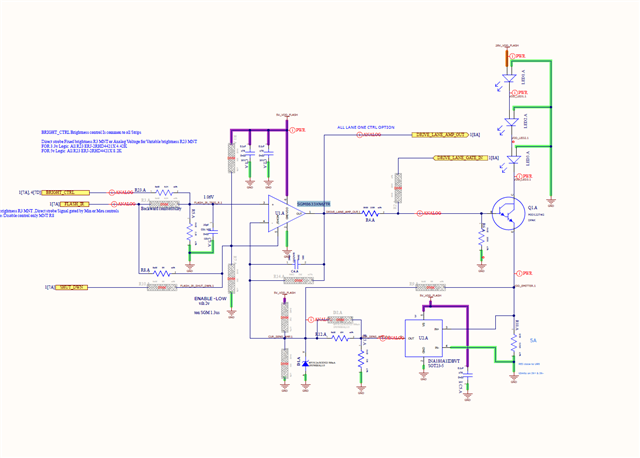Other Parts Discussed in Thread: LMH13000
Tool/software:
I am trying to design a LED current controlled pulsed circuit (the pulse duration is 4.6us and the current need to be limited to 5A during the pulse duration
Does Ti have any mosfet driver solution with current limiter in a single package which uses some high speed op-amps and sense the current and drive the gate to limit the current on the DS path


